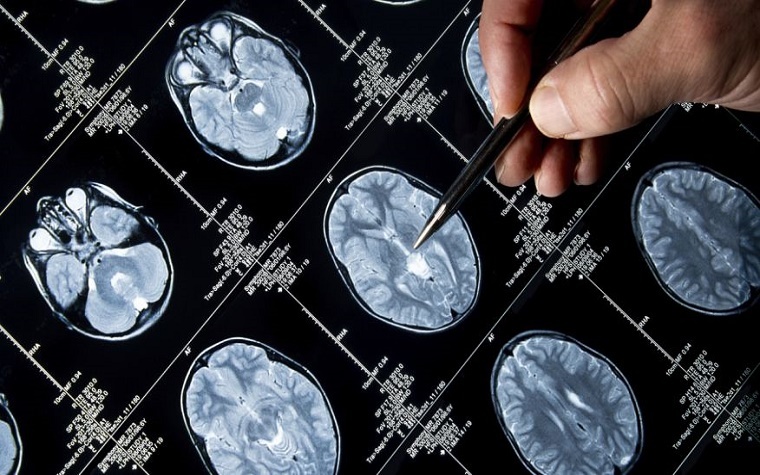
Researchers from Penn State University have found what could be a path to new treatments for Rett Syndrome.
On the heels of discovering a novel drug target, the team led by Penn State professor of biology and chair in life sciences Gong Chen was able to rescue functional deficits in human nerve cells taken from Rett Syndrome patients.
"The most exciting part of this research is that it directly uses human neurons that originated from Rett Syndrome patients as a clinically relevant disease model to investigate the underlying mechanism," Chen said. "Therefore, the new drug target discovered in this study might have direct clinical implication in the treatment of Rett Syndrome and potentially for other autism spectrum disorders as well."
Rett Syndrome is a condition on the severe end of the autism spectrum. It is a rare, genetic disorder that affects the brain's gray matter. The vast majority of people with the condition are females. Those with Rett Syndrome have small hands and feet and decelerated head growth. In some this can even be categorized as microcephaly. They often suffer from chronic gastrointestinal disorders and most are prone to seizures. These patients are typically non-verbal, and half are never able to walk. They often suffer from scoliosis and growth failure.
The team's research focused on the mutation in the gene MECP2, the mutation believed to be the root cause of Rett Syndrome. Nerve cells with this mutation, the researchers found, were devoid of gene KCC2.
"KCC2 controls the function of the neurotransmitter GABA at a critical time during early brain development," Chen said. "Interestingly, when we put KCC2 back into Rett neurons, the GABA function returns to normal. We therefore think that increasing KCC2 function in individuals with Rett Syndrome may lead to a potential new treatment."
Researchers also used a mouse model in which diseased nerve cells were treated with insulin-like growth factor 1 (IGF1).
"The finding that IGF1 can rescue the impaired KCC2 level in Rett neurons is important not only because it provides an explanation for the action of IGF1, but also because it opens the possibility of finding more small molecules that can act on KCC2 to treat Rett syndrome and other autism spectrum disorders," Xin Tang, a graduate student in Chen's lab and the first listed author of the paper, said.